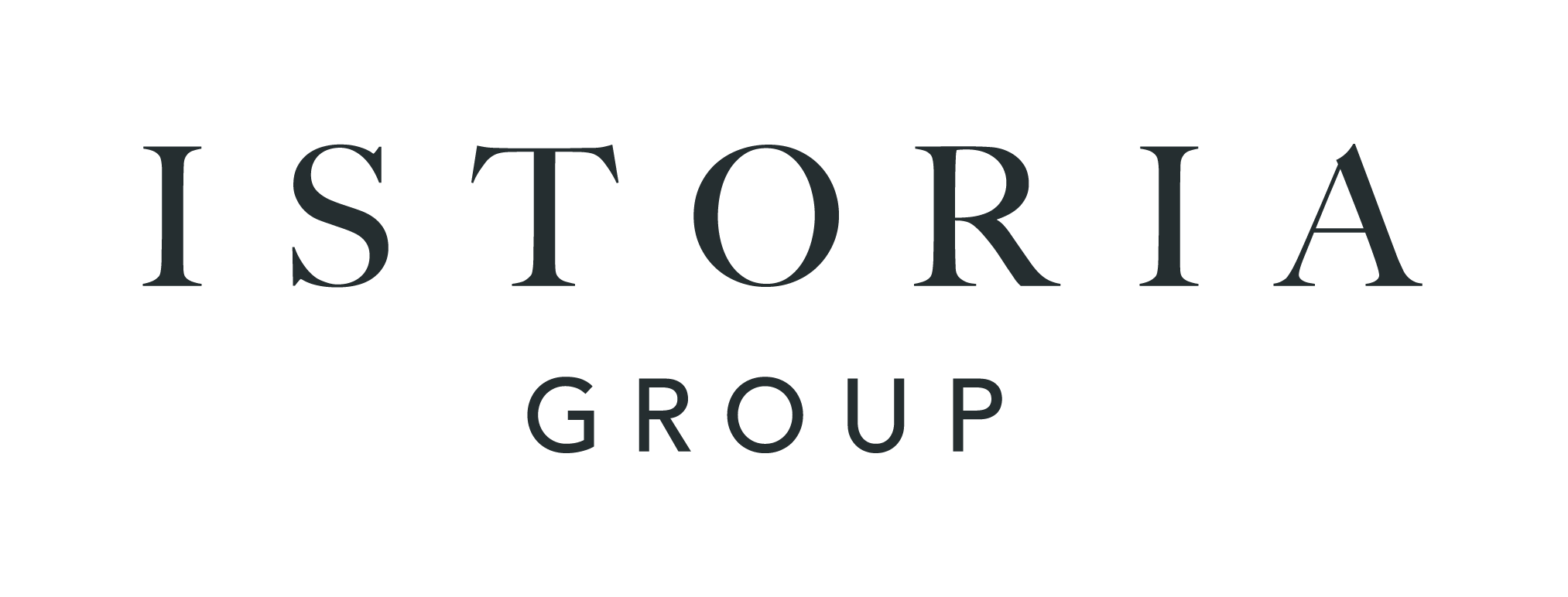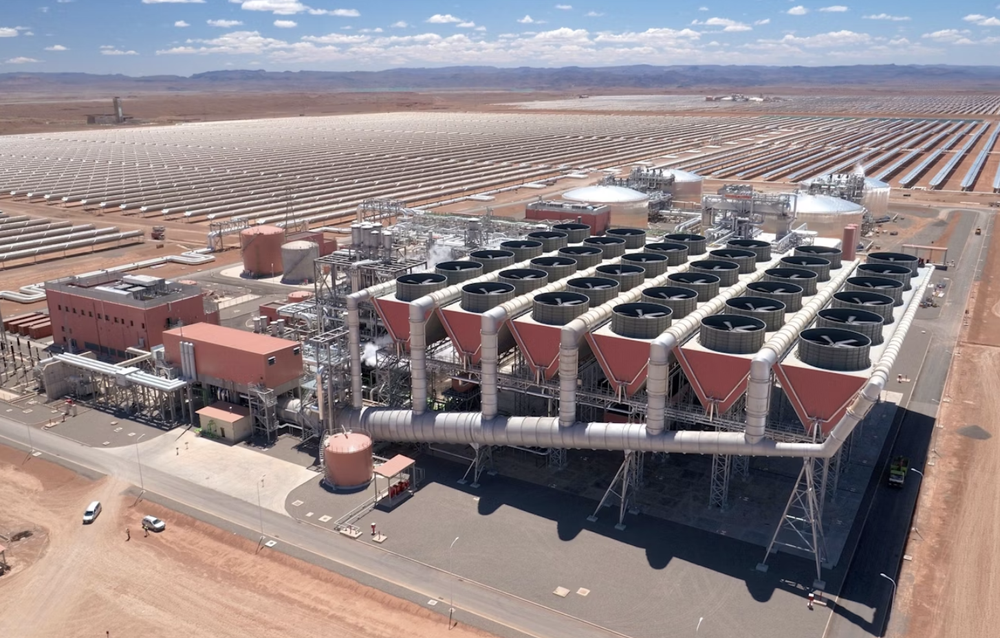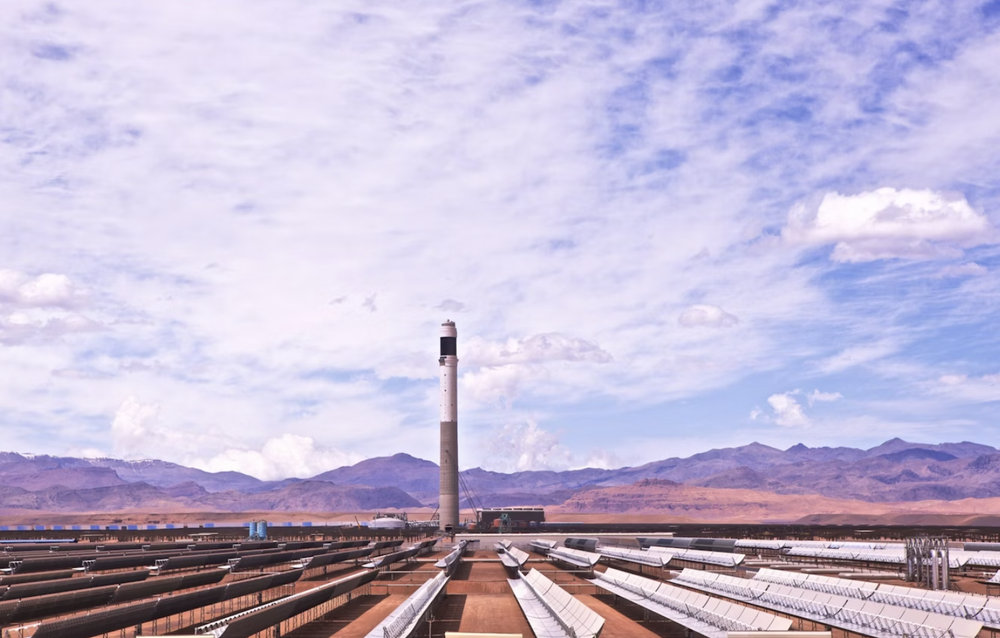June's Climate Action
Climate Action in June with Ecologi
Every month we support two different Impact- driven climate projects. Here’s more information, photos and maps of our initiatives.
Solar power project in Morocco
Context
The biggest share of primary energy consumption in Morocco comes from fossil fuels – with around 57% of the total coming from oil, and 33% of the total coming from coal power. In 2021, solar generation represented less than 2% of the energy mix, though the country has high potential for both solar and wind power generation.
Morocco is also a net importer of energy, and the country is steadily developing new sources of renewable energy to meet rising domestic demand.
Project
The Ouarzazate solar power station is one of the largest concentrated solar projects in the world, making use of thousands of concave mirrors to concentrate solar energy and produce 750 GWh of power per year. The project maintains up to 7 hours of solar energy storage which can be used to deliver power even after the sun sets. The region selected for the project is highly favourable for solar energy generation, receiving among the highest amounts of annual sunlight of any region in the world.
The construction of the project provided almost 7,000 local jobs. As well as renewable energy generation, the project design incorporates co-projects which promote the creation of cooperatives, educational schemes, and skills training. The project additionally organises a mobile hospital to provide health services to the local community, as well as making financial contributions to the local medical centre, including the provision of an ultrasound system, and also the purchase of a school minibus for the local community which has helped to reduce school drop-out rates.
UN Sustainable Development Goals
The 'Solar PV project in Morocco' project aligns with the following UN Sustainable Development Goals*:
Protection of the Matavén forest in eastern Colombia
Context
Colombia is renowned for its richness in biodiversity; accounting for an estimated 10% of the world’s flora and faunal species. It is one of only 12 countries globally that are considered megadiverse. It is estimated that Colombia’s rich ecosystems contain over 40,000 species of plants.
The Vichada department, where this project is based, is situated on the eastern plains of the country, near the border with Venezuela. It is found in the river basin of the Orinoco River. Deforestation has historically represented a large environmental challenge in Colombia and in this region specifically. From 1990 to 2005, around 500,000 hectares of forest was lost in this region, accounting for a loss of 3.2% of regional forest cover.
Project
The Matavén REDD+ project protects 1,150,212 hectares of tropical forest in the Indigenous Reservation of the Matavén Forest.
Over the past decade, this project has succeeded in preventing emissions which, in the absence of the project activity, would have taken place. Due to the pressures which cause local small-scale farmers to move into the project area and deforest it, the project delivers an alternative – employing the local population as rangers and supporting the development of sustainable livelihoods which work with the forest, rather than depleting it.
Almost 16,000 Indigenous people live locally, benefitting from co-projects alongside the protection of the forest: including providing education, healthcare centres, dental services, sanitation and food security.
Beyond the benefits of GHG emissions reductions, the project aspects above provide an array of benefits for the local population and for biodiversity conservation. The project is certified to Verra’s Climate, Community and Biodiversity Standard (CCBS), demonstrating its intentions to bring significant co-benefits to the local people and nature.
UN Sustainable Development Goals
The 'Mataven REDD+' project aligns with the following UN Sustainable Development Goals*:
Make it stand out
Whatever it is, the way you tell your story online can make all the difference.
*The United Nations Sustainable Development Goals are a set of 17 objectives adopted by all UN Member States in 2015 as a universal call to action to end poverty, protect the planet, and ensure prosperity for all. These goals cover a wide range of critical issues such as ending hunger and poverty, promoting health and well-being, ensuring quality education, achieving gender equality, and combating climate change. Each goal has specific targets to be achieved by the year 2030, serving as a roadmap for countries and organizations to work together towards a more sustainable and equitable future.










